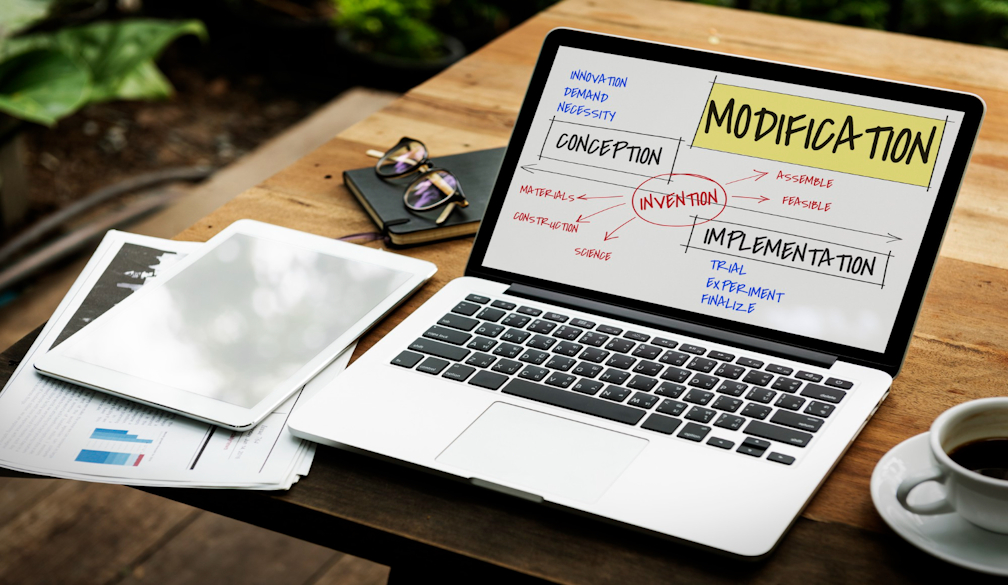Accessibility Matters: Empower Every User with Cutting-Edge Website Design Solutions

In an era where the internet is an integral part of daily life, the significance of accessible web design is more pronounced than ever. Our focus shifts to pioneering design solutions that ensure websites are not just visually appealing, but also fully accessible to every individual, regardless of their physical or cognitive abilities.
This blog embarks on a crucial exploration of how innovative design can break down barriers, creating digital spaces that welcome everyone. We'll dive deep into the heart of accessible web design, uncovering the transformative impact it has in building a more inclusive digital world.
Understanding Website Accessibility
As we delve deeper into the significance of website accessibility, let's explore what it truly means and why it's vital for both users and businesses
What is website accessibility?
Website accessibility refers to the practice of designing and developing websites that can be used by people of all abilities and disabilities. This includes making sure that people with disabilities can perceive, understand, navigate, and interact with the web, as well as contribute to the web.
Why is website accessibility important?
Web accessibility is essential for providing equal access and equal opportunity to people with disabilities. It is also crucial for businesses and organizations to comply with legal requirements and to reach the widest possible audience.
The impact of inaccessible websites on users
Inaccessible websites can have a significant impact on users with disabilities. For example, individuals who are blind or have low vision may rely on screen readers to access web content. If a website is not designed with accessibility in mind, it may be impossible or extremely difficult for these users to navigate and understand the content. This can lead to frustration and exclusion from valuable information and services.
While the challenges of designing for accessibility may seem daunting, they are not insurmountable, especially with expert help from Butterfly. Their website accessibility design services specialize in overcoming such hurdles, ensuring your website meets the highest standards of accessibility.
Challenges of Designing for Accessibility
Having established the fundamental concepts of website accessibility, it's important to address the practical aspects. Let's now turn our attention to the 'Challenges of Designing for Accessibility' and examine the common obstacles faced in this crucial area.
Common challenges in designing for accessibility
Some common challenges in designing for accessibility include ensuring proper color contrast and text size, providing alternative text for images and multimedia, ensuring keyboard navigation and focus order, and making forms and interactive elements accessible.
Overcoming accessibility design challenges
To overcome these challenges, web designers and developers can follow best practices for accessible web design, such as adhering to the Web Content Accessibility Guidelines (WCAG) and incorporating user experience design principles.
The importance of user testing in accessibility design
User testing is crucial in accessibility design to ensure that the website is usable for people with disabilities. This can involve testing with assistive technologies, such as screen readers, and involving people with disabilities in the testing process.
Best Practices for Creating an Accessible Website
Now that we've identified the challenges in designing for accessibility, the next step is to learn how to effectively overcome these obstacles.
Implementing proper color contrast and text size
Ensuring that text has sufficient color contrast with its background and that it is large enough to be easily readable is essential for users with low vision or color blindness.
Providing alternative text for images and multimedia
Adding descriptive alternative text to images and multimedia content allows users who are unable to see the visual content to understand its meaning and context.
Ensuring keyboard navigation and focus order
Keyboard navigation is essential for users who cannot use a mouse, while ensuring a logical focus order allows users to navigate through interactive elements using a keyboard.
Making forms and interactive elements accessible
Forms and interactive elements should be designed to be accessible to screen readers and other assistive technologies, ensuring that users can input and submit information easily.
Resources for Creating an Accessible Website
With a clear understanding of the best practices for accessible web design, the next crucial step is to gather the right tools and resources.
Tools and software for accessibility testing
There are various tools and software available for testing the accessibility of a website, such as screen reader emulators, color contrast checkers, and accessibility evaluation tools.
Accessibility guidelines and standards
The Web Content Accessibility Guidelines (WCAG) provide a set of guidelines for making web content more accessible, while the Web Accessibility Initiative (WAI) offers resources and support for improving web accessibility.
Hiring website accessibility design services
Web design agencies specializing in accessible web design can provide expertise and support in creating an inclusive and accessible website for your business or organization.
Conclusion
Website accessibility is crucial for ensuring equal access and opportunity for people with disabilities. By following best practices for accessible web design and incorporating user testing, businesses and organizations can create websites that are inclusive and beneficial to all users. With the help of web accessibility design services and adherence to accessibility guidelines, businesses can empower every user with cutting-edge website design solutions.




